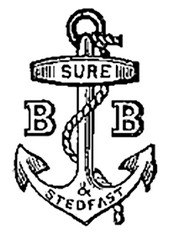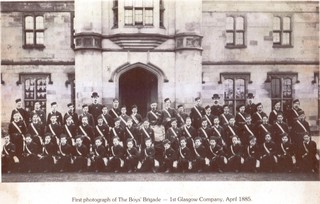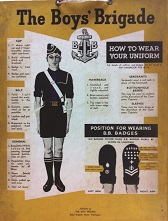Home » Our Values
“The advancement of Christ’s kingdom among members and the promotion of habits of obedience, reverence, discipline, self-respect and all that tends towards a true Christian character.”
The text of this object has remained the same since the beginning, except with the addition of the word ‘obedience’ in 1893. In Malaysia, the word ‘Boys’ has been changed to ‘Members’ to reflect the incorporation of girls in the Brigade in 1994. In practice, the object means:
“Sure & Stedfast”
Our motto is derived from the biblical verse found in the book of Hebrew 6:19, “Which hope we have as an anchor of the soul, both sure and stedfast”
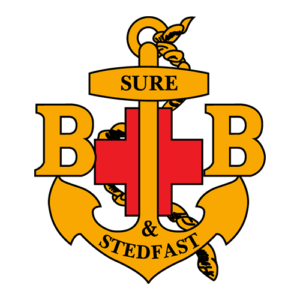
"Sure and Stedfast," originates from the King James Version of the Bible. During that period, English spelling was not standardised, and variations in spelling were common.
While "steadfast" is the more commonly used spelling in modern English, the Boys' Brigade has retained the traditional spelling of "stedfast" in its motto as a nod to its historical roots and biblical source.
Today, we try to reflect back to our Boy’s Brigade motto, “Sure And Stedfast”, and it’s direct meaning translates to standing firm in our beliefs
The objective of The Boys’ Brigade is to provide a meaningful and enjoyable programme of educational, physical, social, and spiritual interests, based on the “Twin Pillars” of Christian Faith and Discipline, guided and mentored by the Officers of the Brigade.
Four Aspects of Development




Luke 5:52
The 4 aspect of development in young people was inspired by the Bible in Luke 5:52
"And Jesus grew in wisdom and stature, and in favor with God and man."
Twin Pillar
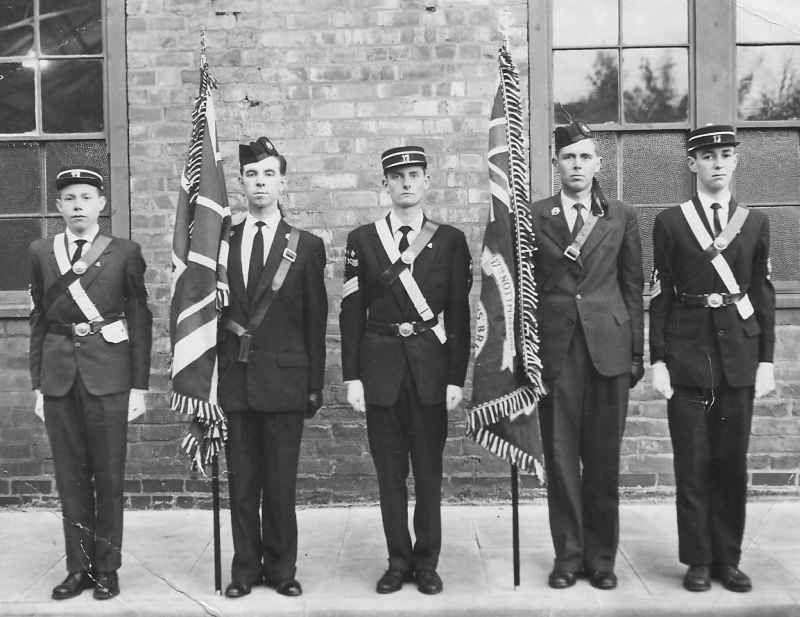
“I feel sure that the B.B. will go from strength to strength because it is built upon the twin pillars of religion and discipline, and so is meeting two of the greatest needs of the present time.” King George VI
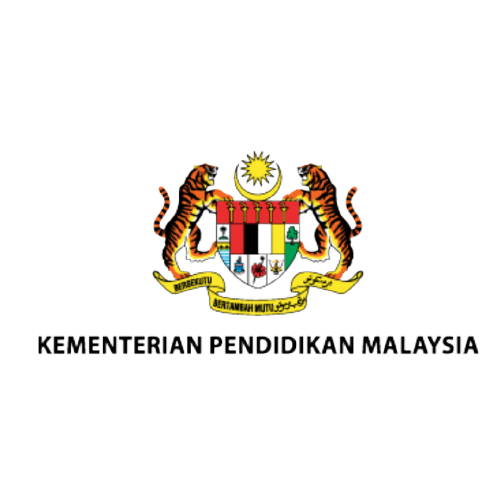
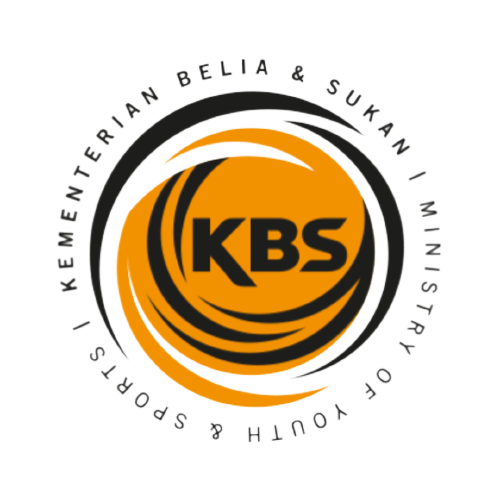
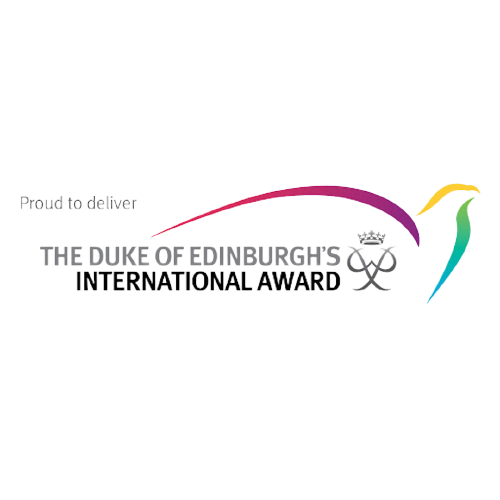

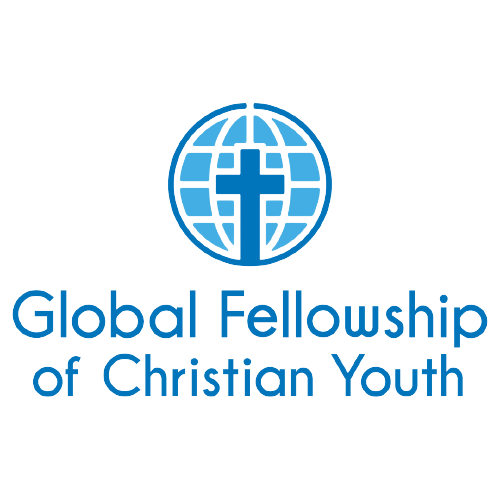
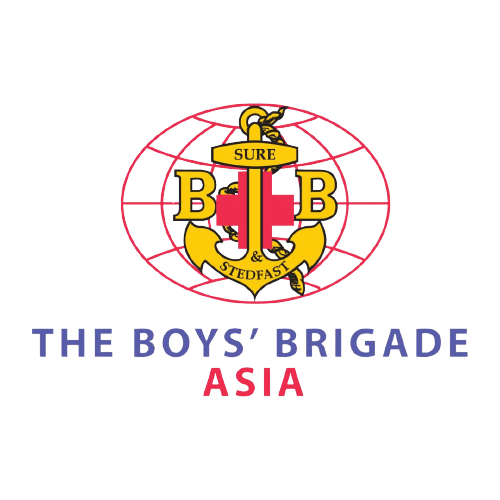
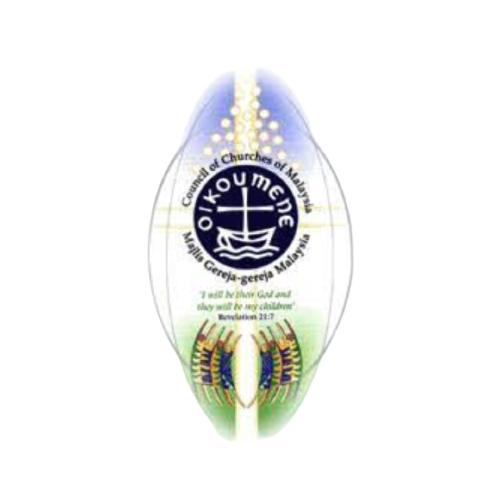




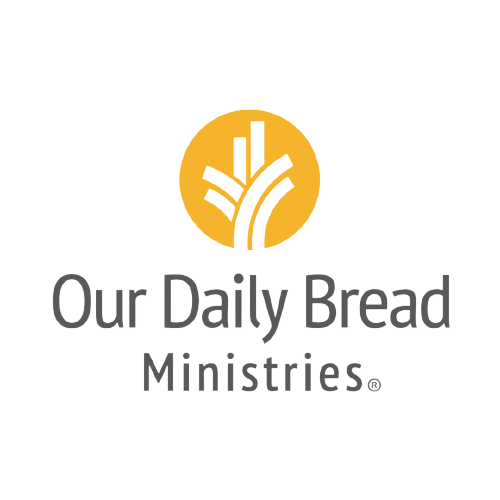
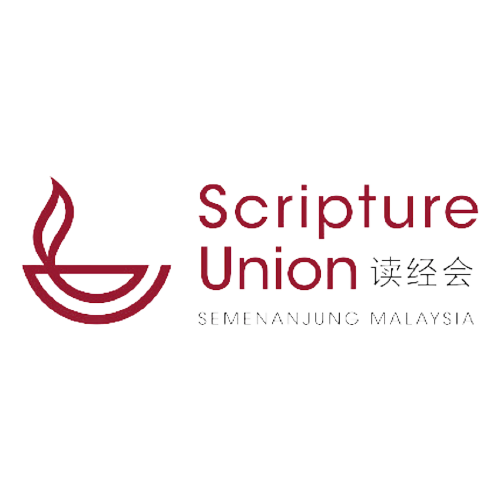


















Address: 5-1, Jalan DU 1/2, Taman Damai Utama, 47180, Puchong
03-80807744 | [email protected]
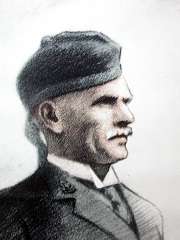
Share by : jave (The Boys’ Brigade in Malaysia)
Last modified: 06-03-2020
